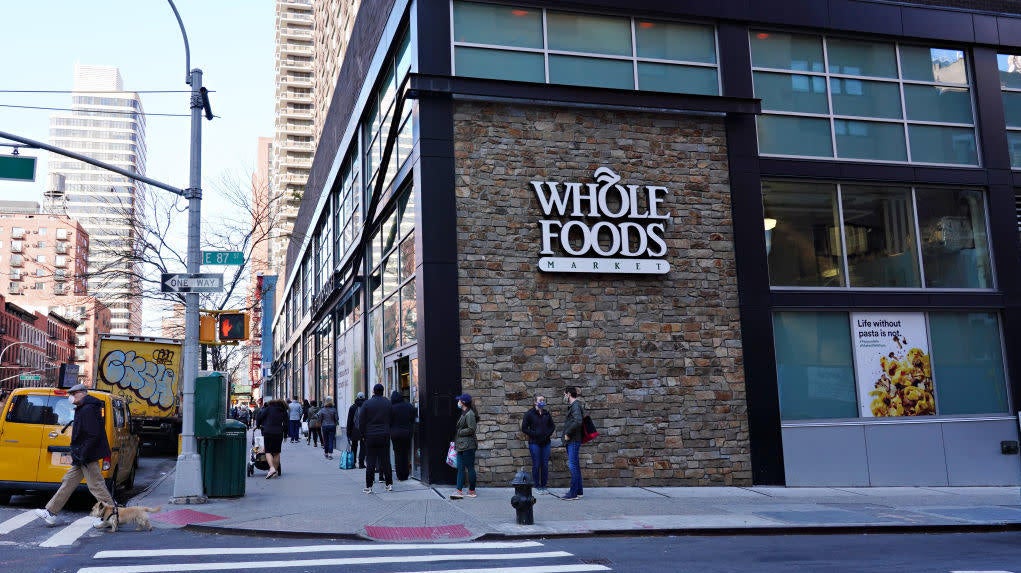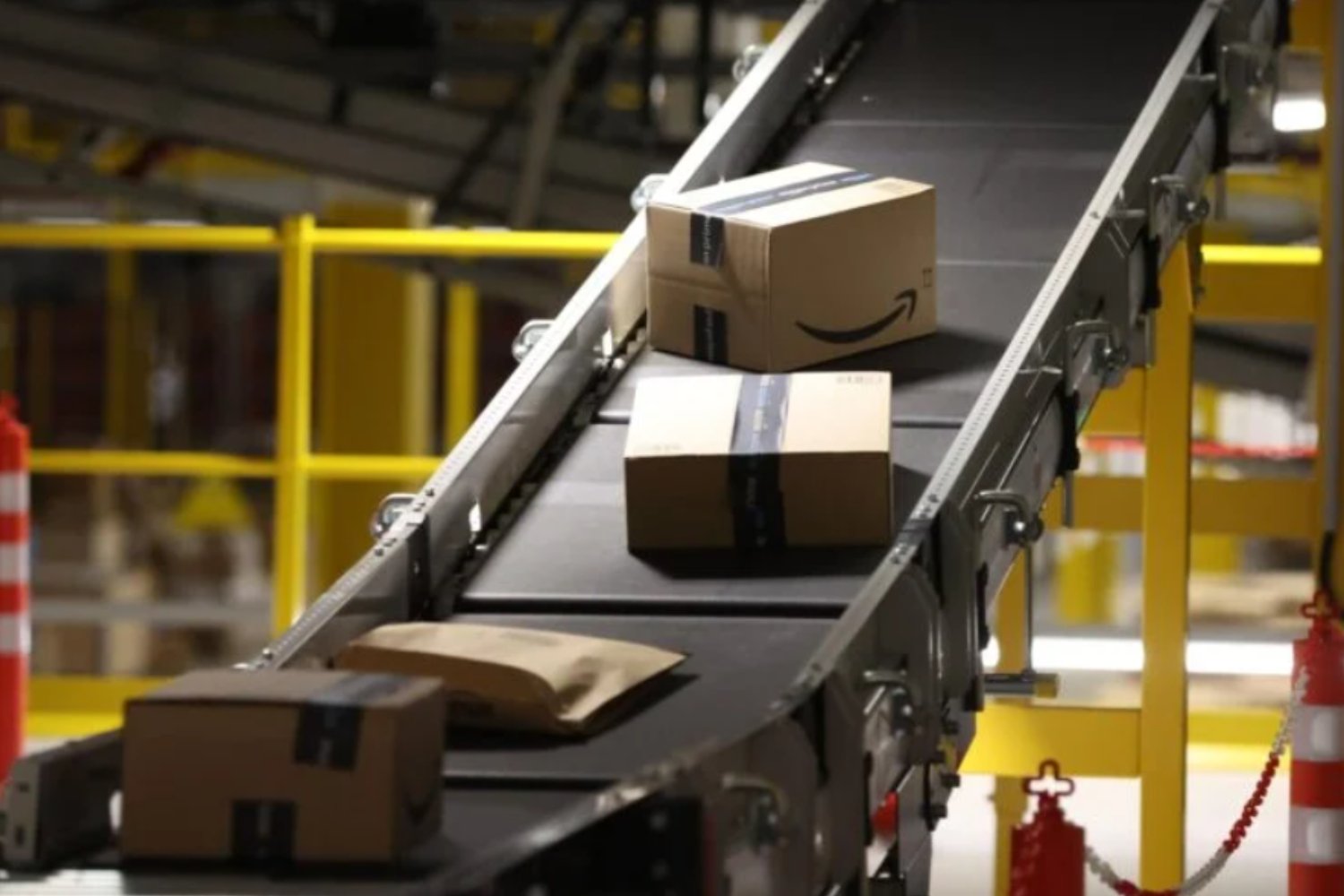Unfriendliness to organized labor is one of the hallmark’s of the Amazon empire, and so it comes as no surprise that all 510 locations of its upscale grocery chain Whole Foods are reportedly subject to internal grading on their individual “risk” of unionizing.
This “heat map” of organized labor activity is, according to reporting from Business Insider’s Hayley Peterson, based on a variety of metrics. Some, like the number of OSHA violations and calls to HR, are cogent; others, such as racial diversity, are deeply concerning. Amazon has not commented on the existence of the map or how it specifically factors in data into its calculations.
“This early identification enables resources to be funneled to the highest need locations,” an internal document obtained by BI stated, “with the goal of mitigating risk by addressing challenges early before they become problematic.” Again, little is known specifically about what those resources entail.
Previously, Amazon has come under criticism for circulating a union-busting training video to managers, a copy of which Whole Foods members leaked to Gizmodo.
As the coronavirus pandemic has exacerbated existing labor tensions, Amazon workers and Whole Foods employees, deemed essential, have been agitating for safer and more equitable conditions. At least four strikes have taken place so far in the U.S.; meanwhile, Amazon has fired, in apparent retaliation, three vocal employees who were critical of the company’s practices. And in what’s arguably the starkest example of naked capitalism’s perversity, while more than 20 million Americans are out of work due to coronavirus, Amazon’s CEO tacked an additional $24 billion onto his already world-historic fortune.
On May 1, as pressure mounts on lawmakers to cancel rent and mortgage payments and the full economic weight of this pandemic bears down on the country, a group of Whole Foods workers is preparing a mass action. An internal working document reviewed by Gizmodo cites concerns like lack of PPE, failure to enforce social distancing, pressure to misreport cleaning logs, and—like their peers in Amazon’s warehouses—management keeping workers in the dark about colleagues with confirmed diagnoses.














